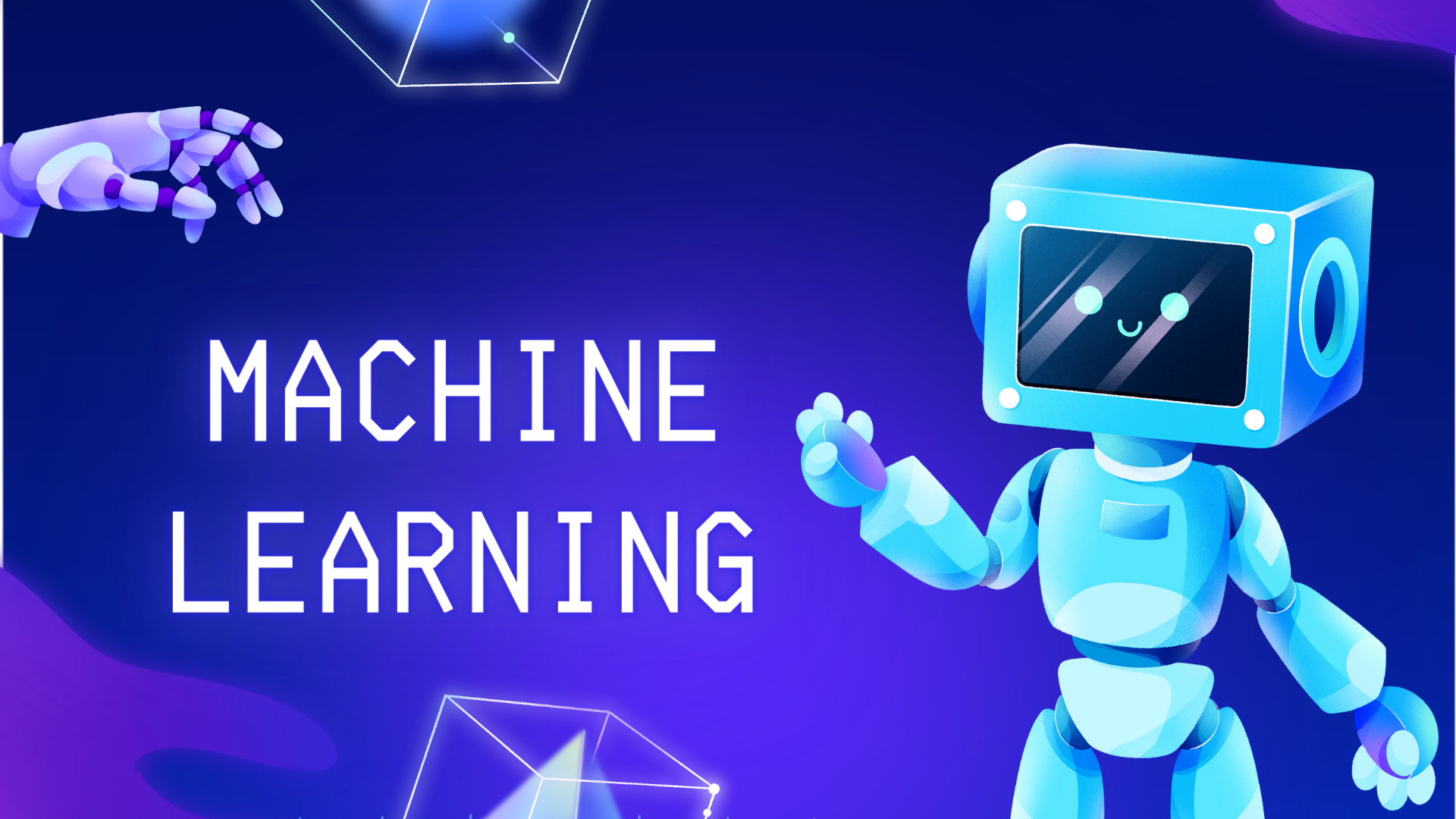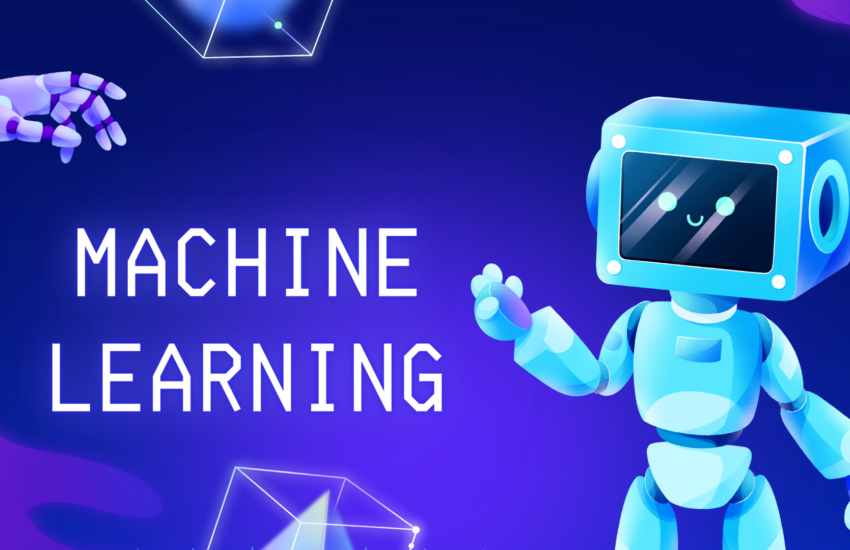Father of Machine Learning: A Tribute to the Pioneers of AI
When we think about the groundbreaking technologies that shape our modern world, machine learning (ML) stands at the forefront. It powers everything from recommendation systems on our favorite streaming platforms to advanced medical diagnostics. But who is the “Father of Machine Learning”? The answer is not as straightforward as attributing the invention of the light bulb to Thomas Edison or the theory of relativity to Albert Einstein. Instead, the evolution of machine learning is a collaborative journey paved by numerous brilliant minds. However, one name often stands out in this narrative: Arthur Samuel.

Arthur Samuel: The Pioneer
Arthur Samuel, an American pioneer in the field of computer gaming and artificial intelligence, is often credited as the father of machine learning. Samuel’s work in the 1950s and 1960s laid the foundation for what we now call machine learning. He is best known for developing one of the world’s first self-learning programs: a checkers-playing program that improved its performance the more it played.
Early Contributions
Samuel’s journey into machine learning began with his fascination for making machines learn from experience. In 1952, he created a checkers program that could play against human opponents. By 1955, this program had evolved to use a technique that Samuel called “machine learning,” enabling the program to learn strategies and improve over time. This was revolutionary, as it demonstrated that machines could be programmed to learn from their mistakes, a core principle of modern ML algorithms.
The Checkers Program
Samuel’s checkers program utilized a method known as “rote learning,” which involved storing all the positions and moves the program encountered and using this knowledge to make future decisions. Later, he implemented a more sophisticated method called “alpha-beta pruning,” which significantly improved the program’s efficiency by reducing the number of moves it needed to consider. This allowed the program to compete at a level that was unprecedented at the time.
The Broader Impact
Arthur Samuel’s pioneering work did not go unnoticed. His ideas inspired a generation of researchers and laid the groundwork for future developments in machine learning. The concept that a machine could improve its performance with experience was a radical shift from the static, rule-based systems that dominated computing at the time.
Influence on Modern Machine Learning
Today, machine learning encompasses a wide array of techniques and applications, from deep learning to natural language processing. The principles that Samuel introduced—particularly the idea of systems improving through experience—are evident in virtually every modern ML application. Whether it’s a neural network learning to recognize images or a recommendation system suggesting your next movie, the core idea remains the same.
Other Key Figures in Machine Learning
While Arthur Samuel is often credited as the father of machine learning, it’s essential to acknowledge the contributions of other key figures who have significantly advanced the field.
Alan Turing
Often dubbed the father of theoretical computer science and artificial intelligence, Alan Turing’s work laid the theoretical foundation for ML. His concept of the Turing Test remains a benchmark for evaluating a machine’s ability to exhibit intelligent behavior equivalent to, or indistinguishable from, that of a human.
Frank Rosenblatt
Frank Rosenblatt’s development of the perceptron in the 1950s was another milestone. The perceptron was an early type of artificial neural network and a foundational model for modern deep learning.
Geoffrey Hinton, Yann LeCun, and Yoshua Bengio
In recent years, Geoffrey Hinton, Yann LeCun, and Yoshua Bengio have been recognized for their groundbreaking work in deep learning. Their contributions have revolutionized areas such as image and speech recognition, leading to significant advancements in ML applications.
Conclusion
The title “father of machine learning” is a tribute to Arthur Samuel’s pioneering work and vision. His contributions laid the groundwork for the vast and dynamic field of machine learning that continues to evolve today. However, it’s important to recognize that the development of machine learning has been a collaborative effort, with many brilliant minds contributing along the way. From the theoretical underpinnings provided by Alan Turing to the modern advancements driven by researchers like Geoffrey Hinton, the story of machine learning is one of collective innovation and relentless pursuit of knowledge.
As we continue to push the boundaries of what machines can learn and achieve, we stand on the shoulders of these giants, ever inspired by their legacy and driven to explore the limitless possibilities of machine learning.

